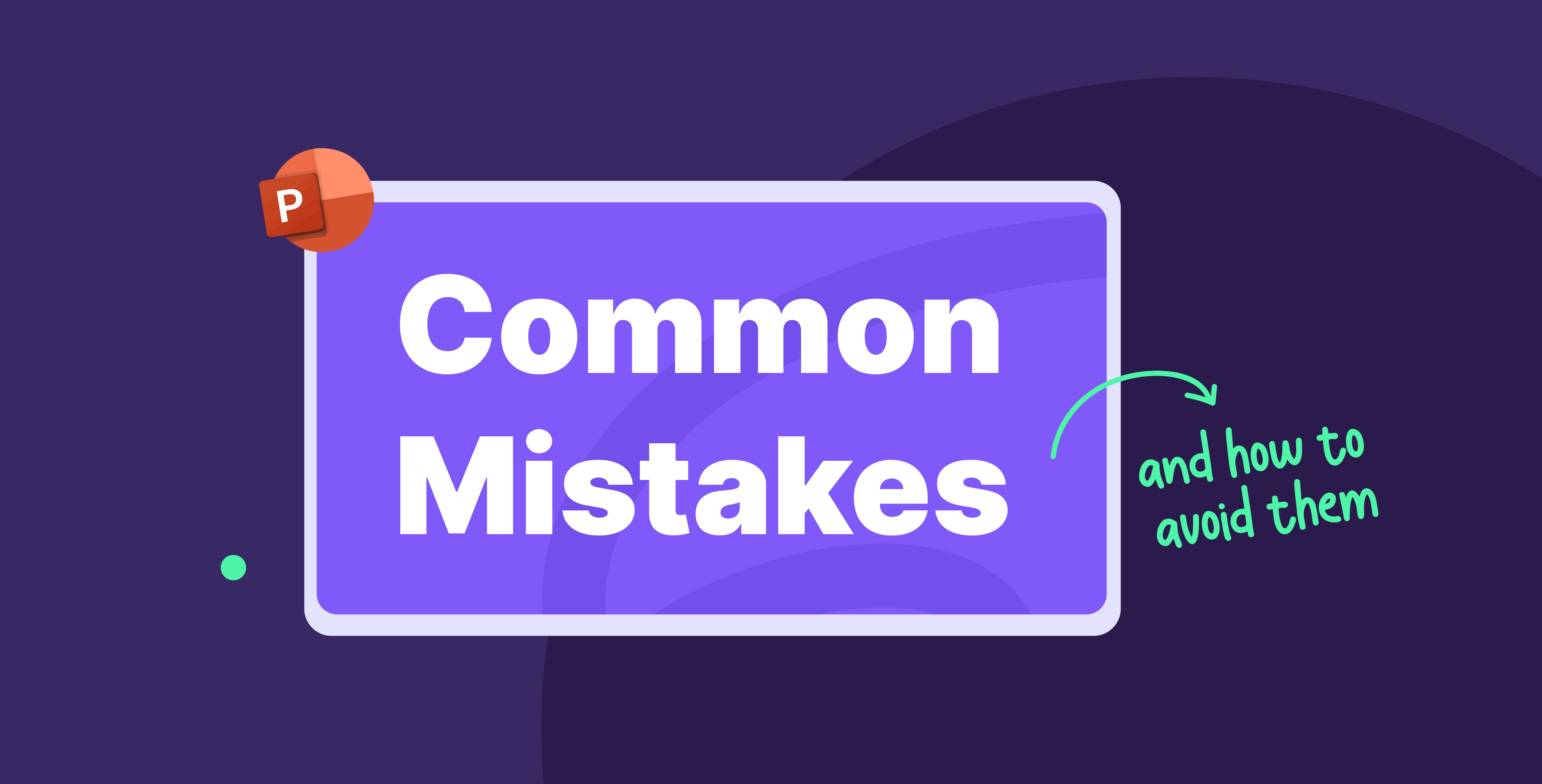18 November 2024
You have a vision for your business one year from now: success, growth, and investor interest. But how do you turn this vision into reality? The answer lies in creating a well-crafted business plan that outlines your goals, strategies, and steps toward success. By dedicating time and effort to planning, you can ensure that your hard work pays off and your business thrives.
A business plan is a document that outlines all your company’s goals and the roadmap to achieving them. It’s a valuable resource for every entrepreneur to have in their toolbox, as it helps you evaluate your strengths, weaknesses, opportunities, and threats. This plan should be a strategic summary of what you want to do in the next year and how you are going to do it. It is a helpful tool to refer back to when pitching ideas to investors or even touching base with your team members.
A business plan can be used to:
- To get funding
- To convince investors of the viability of your idea
- To get employees on board with your vision
- To attract customers
In this guide, we will look into the key elements and purpose of a business plan and offer practical tips for presenting it compellingly. Dedicate time and effort to planning, and watch your hard work pay off as your business thrives.
Developing Your Business Plan
Define your business objectives
The first step in developing an annual business plan is to set objectives. Establish clear and measurable goals that you aim to achieve within a specific time frame, and outline the methods you will use to achieve them. Articulating your business objectives helps to align your team members and investors with the company’s mission for the coming year. This clarity of purpose is crucial for success.
Cover the basics
Include critical information about your business in your plans, such as the mission statement, products and services offered, location, assets, budget, market analysis, and team members. The goal is to provide all the key information needed to understand your business and its direction. This section forms the foundation of your plan and sets the stage for the more detailed strategy sections that will follow.
Check out the competition
Conduct market analysis research to define your target audience and competition. Look closely at your competitors and include a section about what your business can learn from them, your edge, and what strategies and tactics your business would be using to get ahead. It’s important to look at both bigger and smaller competitors so that you get both perspectives.
Defining your competitive advantage
Imagine your business as a product that’s available on the market, among many other options for potential investors to choose from. Consider what makes your business appealing from that perspective, what distinguishes it from others, and what drawbacks could discourage potential investors or buyers. Many business managers get trapped in a narrow-minded view of their business, and incorporating this exercise into their yearly business plan can help them broaden their perspective and look at their business objectively.
Develop a business strategy
After gathering your findings and determining your unique selling points, you can then outline a plan for systematic growth. Use comprehensive research and sound decision-making to make the necessary preparations to move forward, from allocating resources to relevant departments to developing tactics to reach your goals.
Outline financial projections
This section is all about the specifics of your company’s finances. It should include a budget, sales forecast, balance sheet, cash flow statement, and any other relevant factors that give insight into your business’s financial position. Accurate and comprehensive financial projections are essential for securing investments and measuring the success of your business in the future.
Determine a timeline
Finally, to bring your business plan to fruition, you must create a timeline that outlines all the major milestones to be achieved. Anticipate potential obstacles that may arise and have contingency plans in place. Establish specific metrics or benchmarks to measure the plan’s success and evaluate its effectiveness in meeting its objectives at the end of the year.
Additional ideas to give your business plan presentation an extra edge:
Elaborate on the company culture
Include a slide about “what makes the business a great place to work at.” Though this is something that most business plans do not have, needless to say, it’s important to look at the business from the point of view of employees and what areas could be improved so that the very best talent (the rockstars) can be encouraged to work with you. Great businesses can attract great talent.
Accompanying your business plan with a compelling PowerPoint presentation can be a great way to share it with potential investors. By summarizing the details of your business plan in a concise and visually appealing manner, you can enhance its content and make a stronger impression.
Pro tip: Do not underestimate the importance of presentation design when crafting your business plan. A well-designed presentation can make all the difference in convincing potential investors of your business’s viability.
Tips for creating a winning business plan on PowerPoint:
Use simple graphics
Too much visual clutter can be distracting. A general rule of thumb is to stick to clean and simple graphics to convey professionalism and expertise.
Use charts and graphs to illustrate data points
Most people are visual learners, visual aids such as graphs, charts, maps, and infographics all help simplify complex subjects.
Make sure that the slides are easily readable
Slides with a large block of text can be overwhelming for the viewer. Only share the information that you want the viewer to remember, otherwise it might get lost within the dense text.
Add images, videos, or other multimedia content
Visual elements such as images and videos strengthen your message and make a presentation more relatable, effective, and engaging.
End on a high note with a call to action
Conclude your presentation by summarizing all the key ideas and follow it with a call to action that motivates your audience to react.
In conclusion, a well-crafted business plan is the cornerstone of a successful company. It assists you in evaluating your current situation and outlining your future goals. Your business plan should encompass all crucial elements to define your business and present your future projections. Presenting it in a visually appealing PowerPoint presentation can attract the attention of key stakeholders and create a lasting impression.
Check out some of our other blogs, such as this one in which we talk about the 7 Presentation Trends to Watch Out for in 2023 and this one in which we talk about the 5 Foolproof Presentation Design Styles That Always Impress if you found this one of value.







